TrollStore is an amazing utility that lets users perma-sign any .ipa or .tipa file as an app on their iPhone or iPad on certain firmware susceptible to a CoreTrust exploit without a computer.
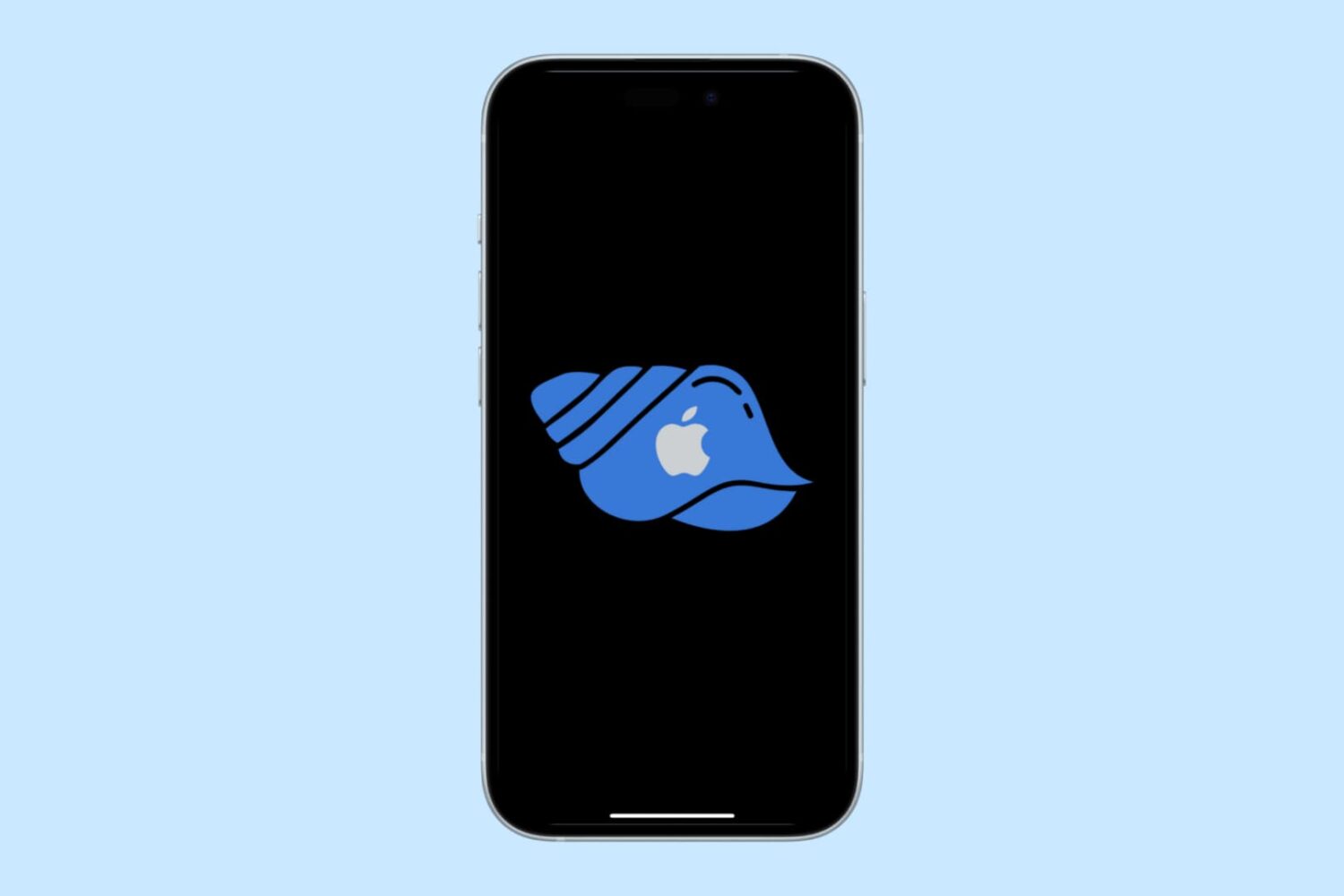
TrollStore is an amazing utility that lets users perma-sign any .ipa or .tipa file as an app on their iPhone or iPad on certain firmware susceptible to a CoreTrust exploit without a computer.

Windows giant Microsoft today announced its Defender Advanced Threat Protection (ATP) security platform is coming to mobile devices powered by iOS and Android.
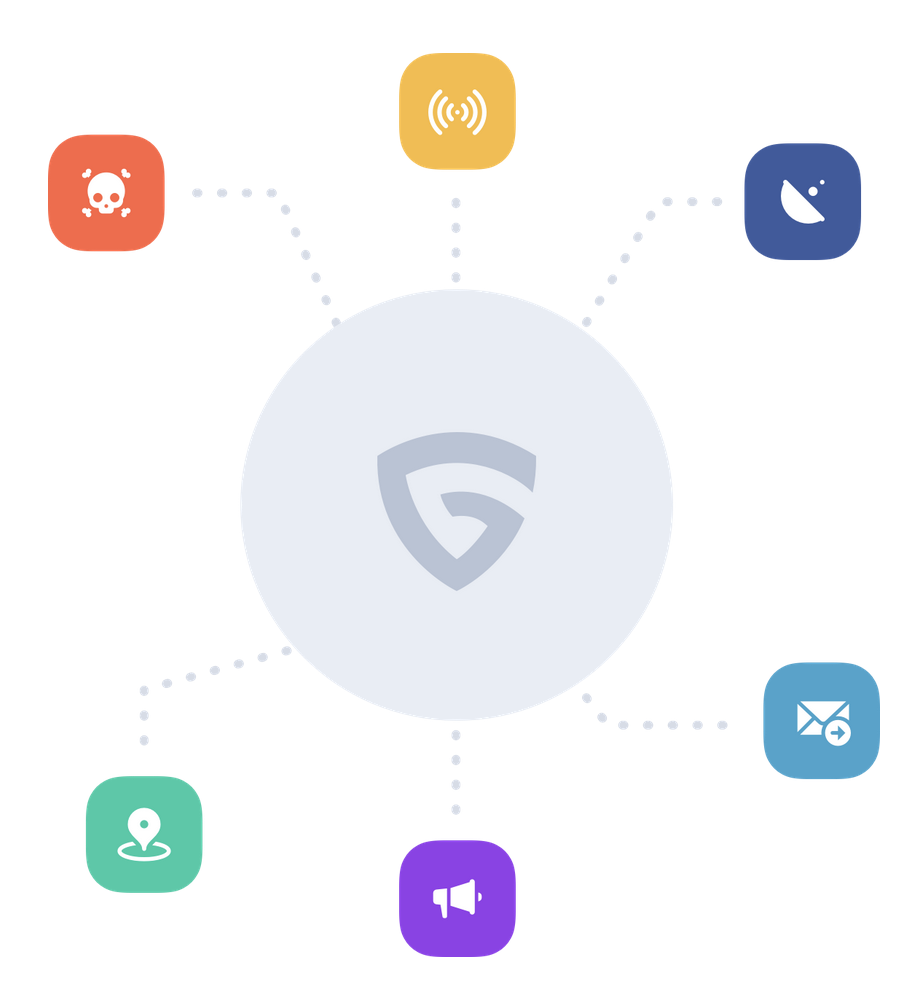
A VPN (Virtual Private Network) is often your best bet when you want to browse the internet privately. Not only do most VPNs offer end-to-end encryption for secure data transmission, but they will also cloak your true location from prying eyes.
Many VPN services work in the same way, but Guardian Firewall by Sudo Security Group is a completely different type of VPN that aims to clamp down on user privacy even further by filtering outgoing data transmissions that could potentially expose personal information about you.
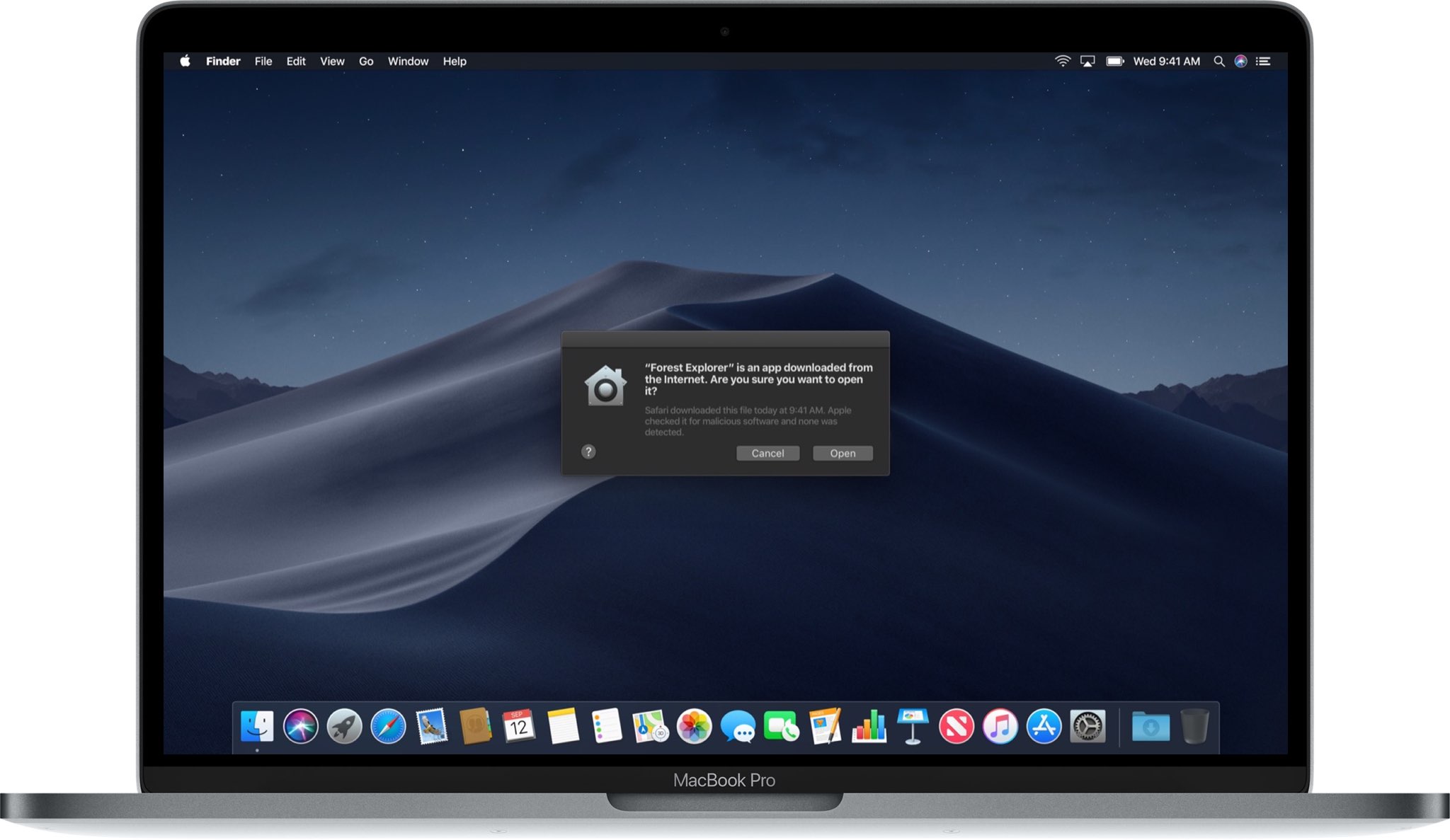
An unpatched vulnerability, discovered in macOS Mojave last month, permits attackers to completely bypass the Gatekeeper security feature. Unfortunately, it's now been exploited by an adware company in what's been called a test in preparation of new Mac malware.

An unpatched vulnerability in macOS Mojave permits attackers to completely bypass the Gatekeeper security feature. Apple was first informed about the flaw on February 22, but last week's macOS 10.14.5 update hasn't fixed the vulnerability even though it was supposed to.
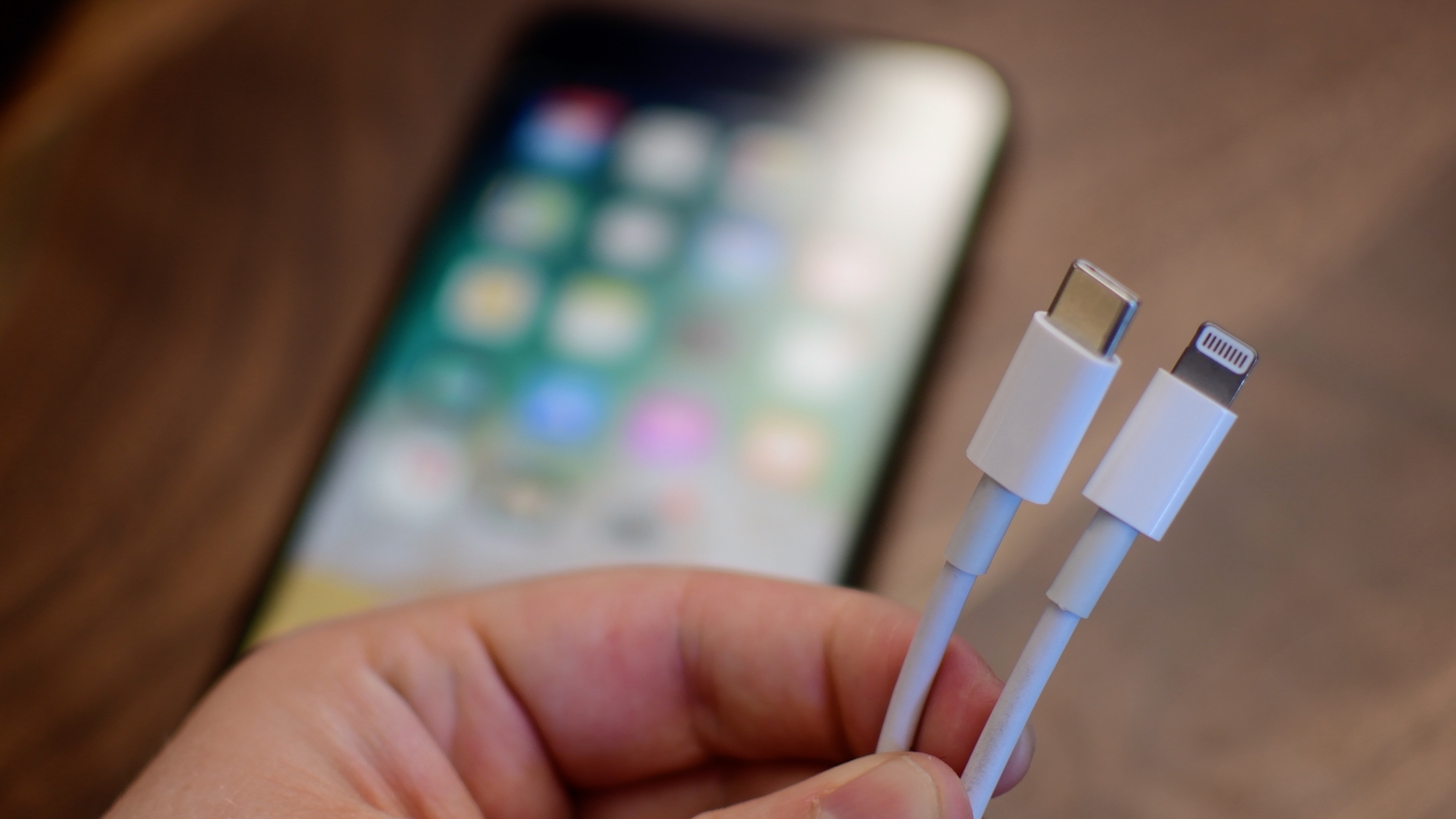
Several security experts have warned that a bad actor with a malicious version of the standard power adapter or charge cable could easily damage your computer or another USB-C device, even deliver malware to it in just a few seconds. A new USB-C Authentication certification introduced today by the USB Implementers Forum (USB-IF) seeks to put an end to that.
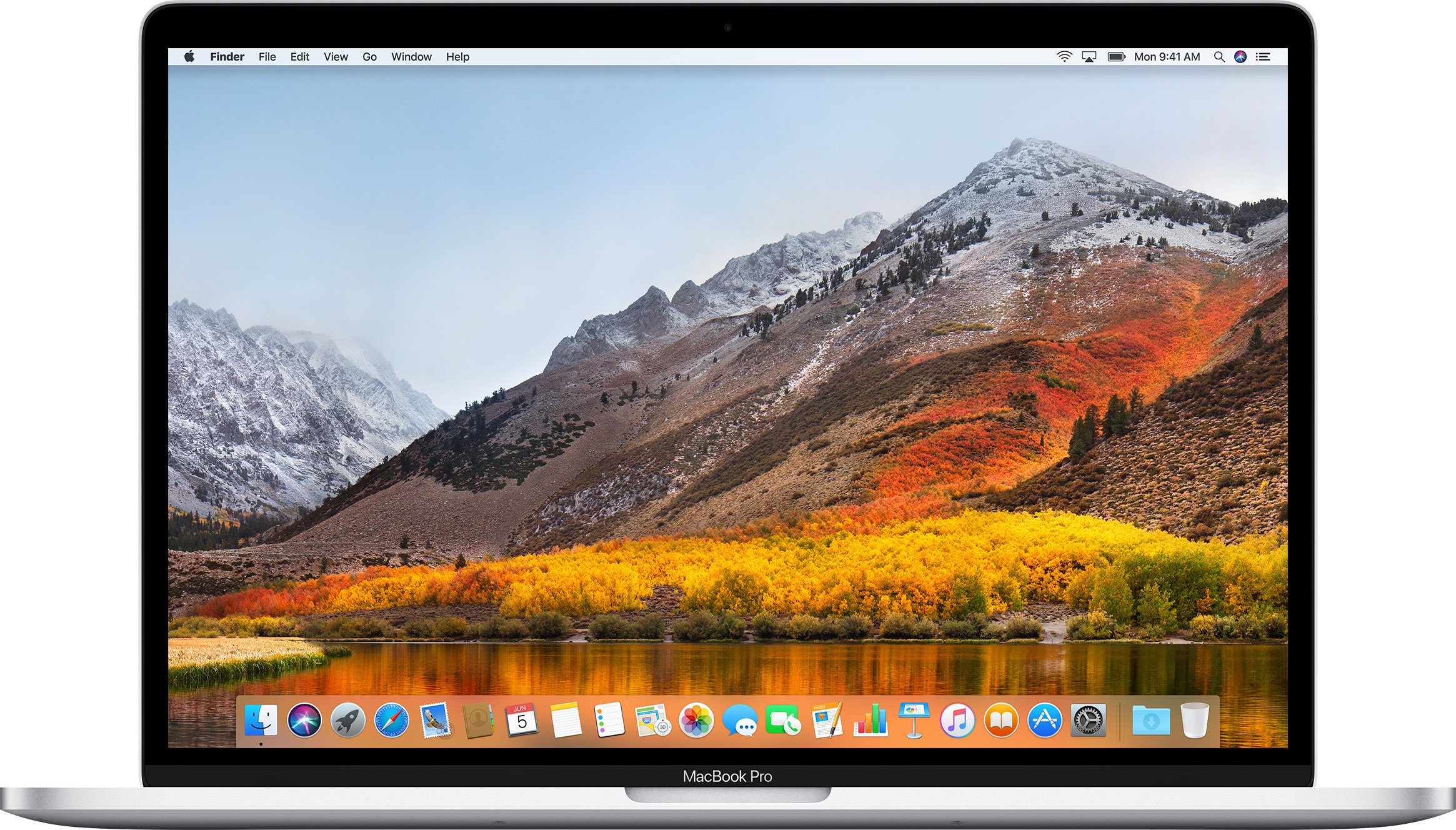
New Mac cryptominer malware, dubbed “mshelper,“ is in the news, with many affected customers flocking to Reddit and Apple Support Communities to gain more information and learn how to remove malicious code from an infected system.

In its Threat Intelligence Report for 2017, Nokia has reported the rates of malware infection for mobile devices for the first three quarters of 2017.

A new type of man-in-the-middle attack has been detected in the wild, targeting Apple's Mac. Dubbed OSX/DOK, it relies on a new strain of macOS malware which leverages a bogus security certificate to bypass Apple's Gatekeeper protection. Popular anti-virus programs are currently unable to detect OSX/DOK.
The Hacker News and researches at CheckPoint explain that the malware affects all versions of macOS by using a valid developer certificate signed by Apple. Here's what OSX/DOK does, how it works, how to tell if you're affected and what you can do to protect yourself and avoid these kinds of attacks in the future.

Google's Chrome and other browsers rely on a feature called Safe Browsing to display a warning message before you visit a dangerous site or download a harmful app. Google is now expanding the scope of Safe Browsing in Chrome for macOS to strengthen protections against malware and other unwanted software such as extensions that silently modify Chrome's settings. The expanded Safe Browsing features in Chrome for macOS will go in effect on March 31, Google has said.
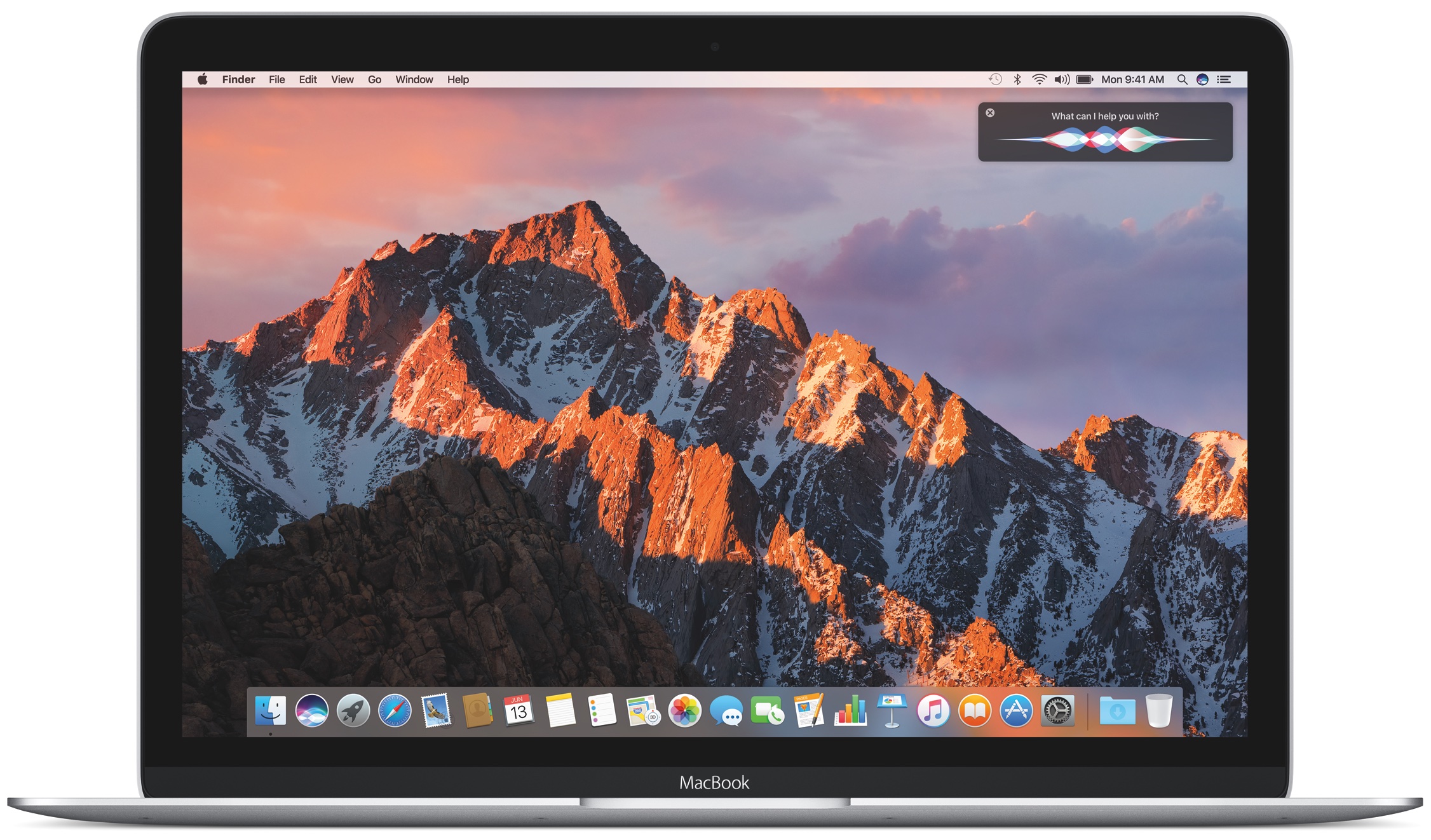
It used to be that Mac computers were immune from the vast majority of viruses and malware plaguing Windows and other platforms. But as Apple's products have been growing in popularity, hackers and malware developers have been increasingly targeting macOS.
Following recent reports of Mac malware that uses a very old Windows trick which relies on Microsoft Word macros, a new strain of malware from Russian hackers has been found to steal your saved passwords and iPhone backups, security firm BitDefender said.